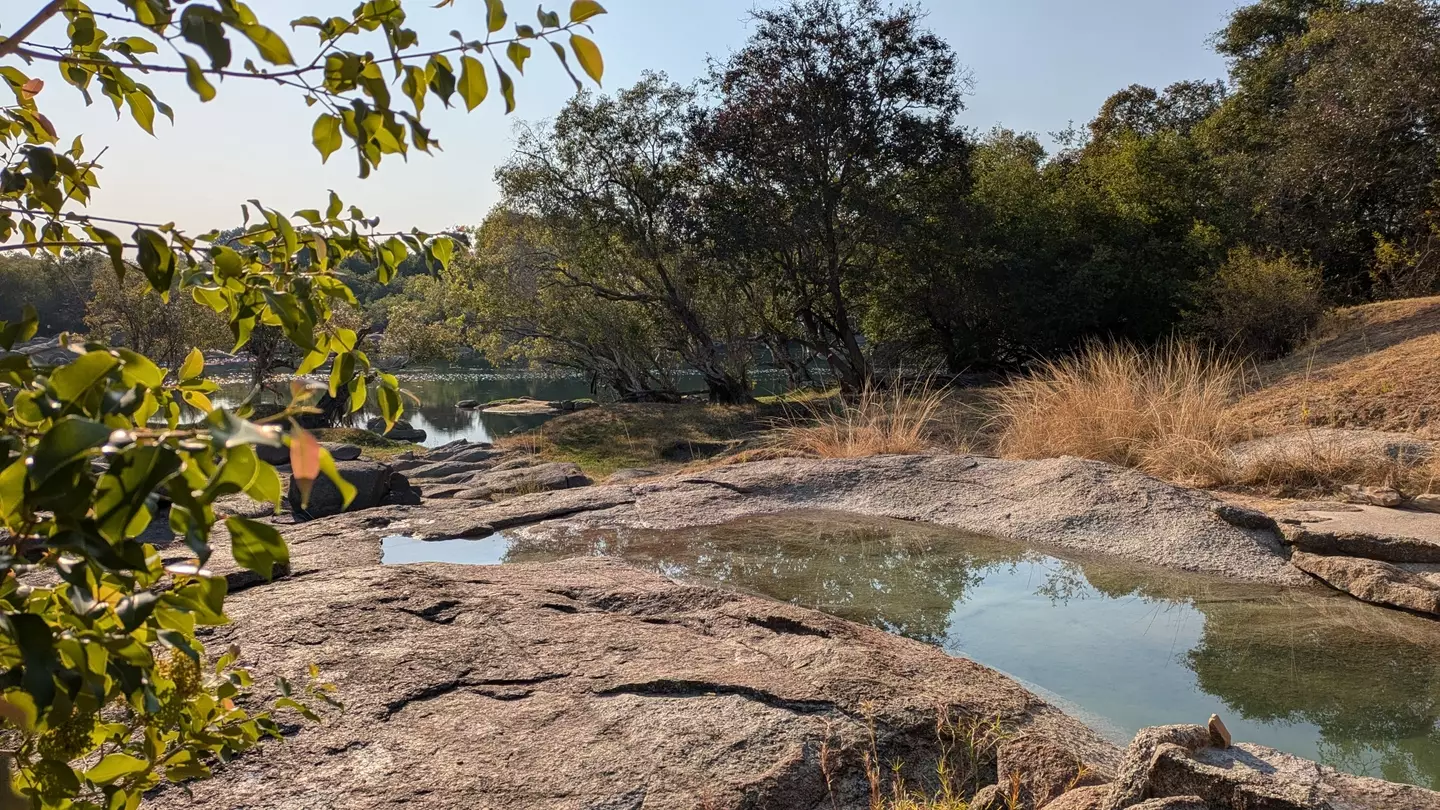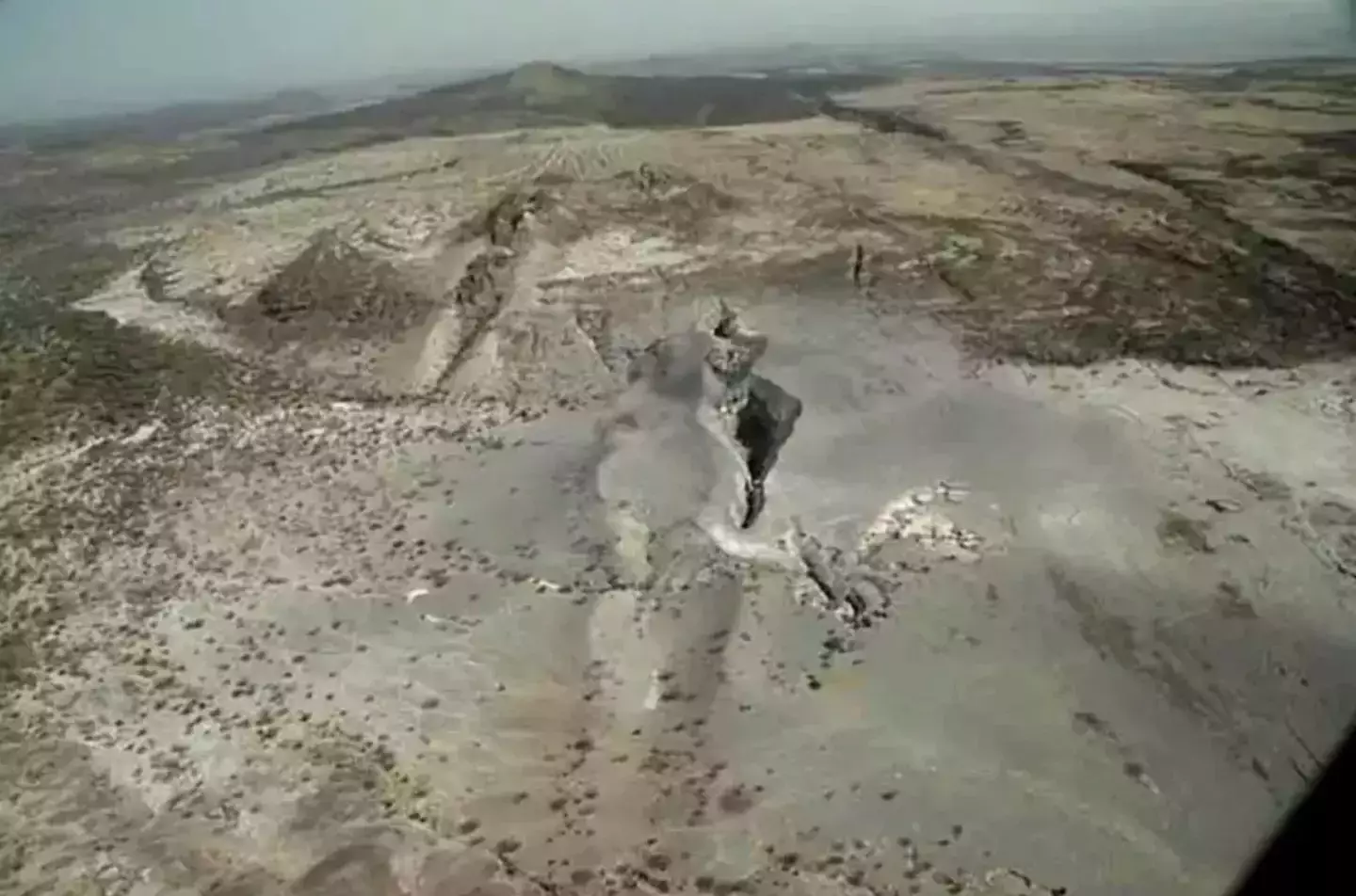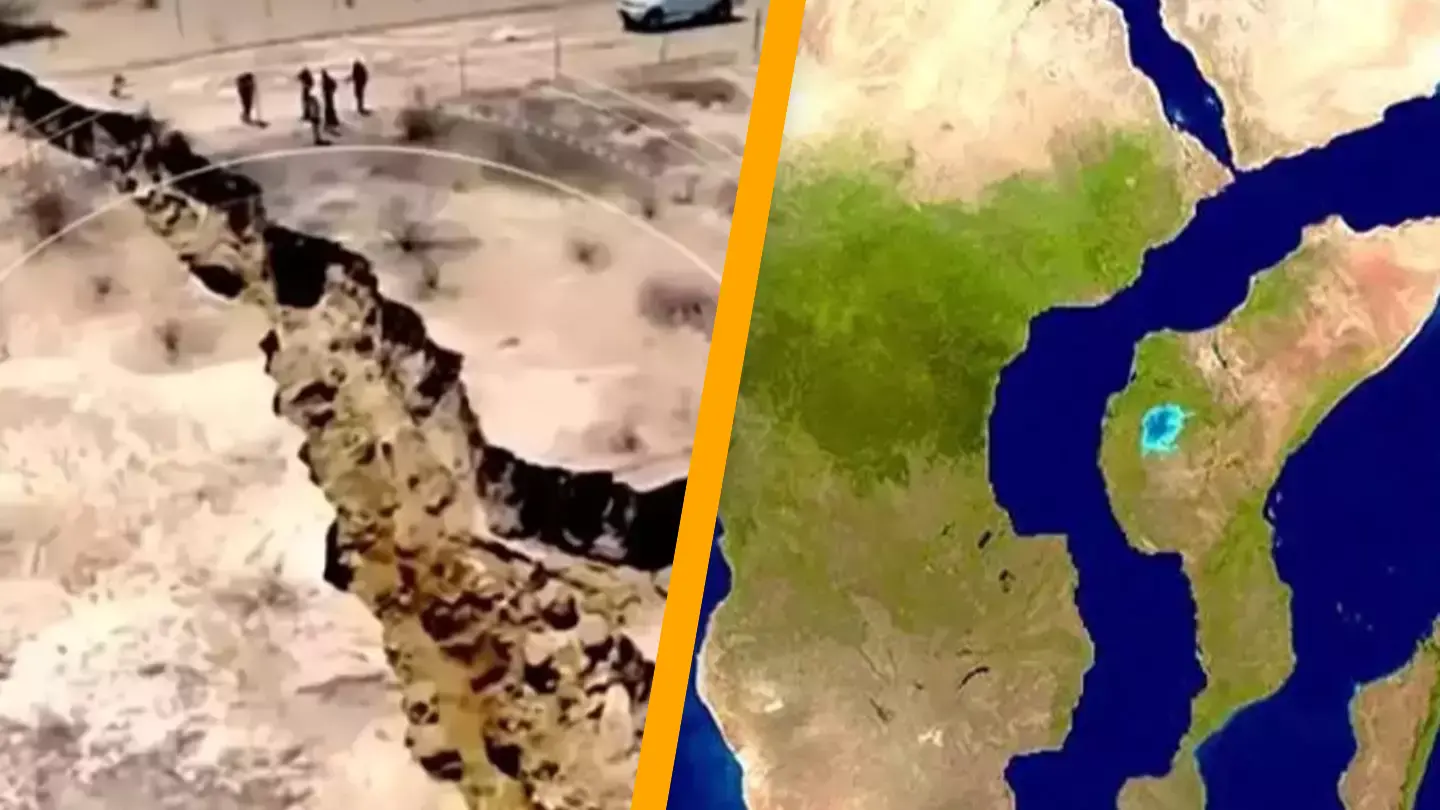A new ocean is gradually forming on Earth, marking a remarkable geological event.
Despite the extensive study of our planet over the generations, scientists continue to uncover fresh insights daily.
Recently, it was observed that two land masses on our planet’s second-largest and second-most populous continent are starting to drift apart.
This separation is paving the way for a new ocean to emerge down its center.
If these changes persist, countries such as Zambia and Uganda, which are currently landlocked, may eventually have coastlines.
Though many changes on Earth are subtle, the tectonic plates are always shifting.

The lithosphere, made up of the Earth’s crust and the upper mantle, is divided into tectonic plates.
The movement of these plates is leading to changes that affect our planet’s geography.
According to the peer-reviewed journal, Geophysical Research Letters, a new ocean is forming as the African continent begins to split.
This crack lies along the boundaries of the African, Arabian, and Somali tectonic plates.
Over the last 30 million years, the Arabian plate has been steadily separating from Africa.
Simultaneously, the Somali plate is moving apart from the African plate, slicing through the East African Plate.
With technological advancements, especially GPS, researchers can accurately track these land movements.

Ken Macdonald, a marine geophysicist and professor at the University of California, explained: “With GPS measurements, you can measure rates of movement down to a few millimetres per year.”
“As we get more and more measurements from GPS, we can get a much greater sense of what’s going on.”
Macdonald further stated: “The Gulf of Aden and the Red Sea will flood in over the Afar region and into the East African Rift Valley and become a new ocean, and that part of East Africa will become its own separate small continent.”
Though this transformation will take millions of years, it signifies a new ocean forming across the entire rift.
Experts assert that these changes are already underway.

